In February, I sent Momus editor Sky Goodden a draft of a review of an exhibition in Alberta that I had pitched to her along with a note:
Dear Sky, This is not worth publishing. After spending considerable time in places like New York and Berlin, I feel comfortable analyzing group exhibitions there, but back home, there is comparatively little for the curator of this exhibition to be exposed to, and little for people to see when it comes to contemporary art in general. It doesn’t feel right to treat it as I would an exhibition produced in a more privileged location.
Sky read the draft and agreed that the review was not suitable for publication but insisted: “I’m not of the opinion that Canadians should be let off the hook for provincial or sheltered exhibition-making. It’s an international artworld, and even if travel isn’t always possible, reading is.” She then offered that I extrapolate on the larger issues haunting my failed review and make it a feature.
I agree that contemporary art can be accessed through publications. However, I can attest to the gross inequity of resources, even in the contemporary moment, between places like Edmonton and even Toronto, much less New York or Berlin, and how important face-to-face meetings with artists remain crucial in curatorial practice. To address this issue and elaborate on it, I engaged my colleague, Cora Fisher, who moved from New York City in 2013 to serve as curator of contemporary art at the Southeastern Center for Contemporary Art in North Carolina. Here we discuss issues of provincialism and regionalism as they relate to exhibition-making and critical exposure in an international artworld that still privileges its centers.
Amy Zion: Let’s begin by summarizing how we came to the topic of criticality and visibility in non-art centers: we reconnected since you moved to Winston-Salem, NC, to become curator at the Southeastern Center for Contemporary Art (SECCA), and I was spending an extended period of time in my hometown, Edmonton, Alberta, after having spent years traveling and living in Europe. You and I had attended graduate school together in New York. Our present conversation converged around a shared problem: how is one to engage critically with contemporary art exhibitions produced outside of art hubs such as New York, Berlin, or London? (And in Canada, I would even map a considerable economic and geographic disparity between Edmonton and larger cities like Toronto or even Vancouver).
You want to cultivate more critical discourse around your exhibitions at SECCA. You lamented, as well, the considerable lack of attention paid by more mainstream, international art publications to exhibitions made in smaller cities outside of cultural centers.
I was having difficulty engaging critically with a local exhibition I had pitched to this same magazine, Momus, for review. My impulse was either to evaluate it negatively within an international context, or try to evaluate it simply “on its own terms.” In the end, I opted for the latter, and I highlighted the successful moments in the exhibition with no real argument about its overall success or failure. I struggled through several drafts, and then decided not to publish anything. I contributed to the deficit of rigorous critique in non-art-centers.
So first, can you flesh out the issues you encounter at SECCA and then I want us to probe what underpins these “regional prejudices,” for lack of a better term, and what is the most productive solution for critic, curator, and artist. Moreover, by the end, let’s consider what is the future of critical regionalisms in the artworld, given the homogeneity created by internet access and market forces – or whether it’s more productive for us to map the shifting global contemporary artworld as a “region” with its own provincialism. But first, SECCA …
Cora Fisher: I’ll frame my present context, North Carolina, first and foremost as the home of Black Mountain College (1933-57), the unconventional incubator for some of the most significant international and American artists of the twentieth century. Winston-Salem, home to SECCA, is a small North Carolina city that founded the nation’s first local arts council in 1949, and SECCA in 1956. Previous curators produced notable exhibitions on subjects such as the Black Panthers, Civil Rights, and a multi-year initiative on Affordable Housing. Programs like “Artist in the Community” have brought artists like Fred Wilson and others to the region (my predecessor received the Emily Hall Tremaine Award for innovative exhibitions and garnered coverage in at least one international trade magazine for that show). So I follow an institutional legacy aiming to produce high-quality exhibitions that are relevant both locally and internationally, with programs designed to inject new energy into the region.
We produce exhibitions worthy of reflection in international trade publications, but I wonder to what extent such critical attention puts us in a national and international dialogue. Typically, when we receive attention at all, it takes the shape of a short-form review. It would be a more substantial conversation if we could take regionalism into account in the conversation about what shapes local art production and shows.
By and large, I’ve noticed a sharp economic divide between art publishing in major US cities and smaller cities, one that continues to translate into an under-representation of museum shows outside NY, LA, and Miami. (Though Burnaway, an online arts publication based in Atlanta, Georgia, has produced rigorous writing on SECCA’s exhibitions since I’ve been here; and Art F City has mentioned SECCA in a couple travelogue pieces).
The internet’s democratizing potential to support critical discourse on art could advance more circulation, but few are pursuing online blogging here professionally – whether for lack of audience for this topic or a lack of resources or perhaps both.
Does the local Canadian context of Edmonton work differently than the Southeast in this regard? Is the size of a place more of a structural issue that distinguishes it from anywhere else?
Zion: Canada in general presents a different problem because the geography is considerably larger and the population is roughly one-tenth of the US. But the funding structures for arts organizations, including art periodicals and blogs, is entirely different. Publications in Canada are eager to represent cultural production from further-flung places – especially if it comes their way. I worked as an editor at Fillip for eight years and our editorial team, lead by Kristina Podesva, had its own checklist for what constitutes diverse content in addition to what is mandated and enforced by one of our main funders, the Canada Council. We made an effort to have 50% or more content by women, and promoted writing by emerging voices, people of color, and French Canadians, as well as content from places outside of Vancouver, Toronto, and Montreal. We achieved this goal to varying degrees of success from issue to issue. Publications in the US are not publicly funded and therein lies a huge difference. In Canada, it’s amazing how much people in the arts take ownership over the content in the country’s magazines, because we are literally funding them through tax dollars, and our peer review system determines how that funding is used. We are all involved in the Canada Council as jury members and/or recipients, to some degree.
The larger international trade magazines in the arts, on the other hand, are accountable to their readerships, but more so to their respective funding sources, namely commercial galleries. Those galleries are located in art centers, therefore publications have an incentive to pay attention to those regions. The issue is not entirely black and white, but these economic underpinnings provide a productive contrast.
But let’s switch focus from why exhibitions in smaller cities get less press in the US and Canada and imagine that your exhibitions were offered regular, substantial, international press coverage. Can we both agree that although the internet and greater access to information and resources in general has had a huge impact (good and bad) on art being made in these smaller regions, there is still a great disparity that separates cultural production in Winston-Salem (and Edmonton) from, say, New York City? There are fewer exhibitions to see, fewer people talking about ideas, fewer people circulating within an international context, who inject the local scene with a constant stream of new thinking – the list goes on.
Also, there are disparities in the other direction, and, correct me here, but artists in the Southeast and non-art centers in general have a greater ability to develop practices without the intense pressure of international attention and scrutiny. The resources that are available are more accessible (meaning if someone wanted to spend time with Fred Wilson when he was in town, it was likely easier to jostle for his attention than it would be were he doing a residency in New York). The cost of living is greatly reduced …
Acknowledging these differences, both strengths and weaknesses, what would be the ideal way of engaging an exhibition in the Southeast within an international, critical context? What’s a productive way for a critic to acknowledge difference and not simply evaluate the exhibitions based on an ever-homogenizing criteria that may not apply to the Southeast?
Fisher: Your assessment of the pros and cons of living and working as an artist in these places is right on. I’m not sure how one of these bigger magazines could engage an exhibition in the Southeast, but I do think critique is vital to artistic development regardless of the location of your studio or post-studio practice. It would be more interesting for those magazines to stage trans-local conversations between artists in places of similar scales, thinking of socially-engaged examples like Theaster Gates’s projects in Chicago, or Project Row Houses in Houston, as inspiration. We could be talking more about cities like Detroit and how and why they’re using the arts as a tool for urban change.
To return to the crux of the issue: how do curators, critics, and artists cultivate a sustainable art dialogue – and not just polite conversation – in the smaller cities where they live and work? And how do they also enter into dialogue with global art conversations that traffic through mainstream art channels? How do we cultivate a sense of place rather than parochialism?
A good critic gives balanced critiques but also tries to understand what is particular to a smaller art scene; they should do this in every city, big or small. In terms of cultivating conversation locally with further reach, leveraging connections with universities and other museums, and continuing to program with networked community-based arts models; and bringing in artists who have reached the highest levels of accomplishment internationally presents a viable, and I think very compelling model. I aspire to what has broadly been described as “critical regionalism,” to which you referred in your introduction: a theoretical framework for re-imagining the ties between place and culture. Douglas Reichert Powell describes this as a “deliberate use of region as a way to envision and critique relationships among people and places and envision better alternatives.” (Interestingly, Reichert Powell’s book Critical Regionalism: Connecting Politics and Culture in the American Landscape was published by UNC Press in North Carolina).
You spoke earlier of “regional prejudices.” Lucy Lippard so aptly describes the bias against regionalism by writing, “Today the term regionalism […] continues to be used pejoratively, to mean corny backwater art flowing from tributaries that might eventually reach the mainstream but is currently stagnating out there in the boondocks.” Twenty years later, her observation remains an accurate description of the major prejudice against the non-art centers.
To counteract this prejudice we should recognize lateral connections that align smaller cities internationally. Amidst globalization and a “post-internet” moment, people in all cities are vulnerable to larger economic forces shaping places. To nurture a plurality of conversations that connect countries and regions of various sizes – like supporting exchanges among international and local artists through residency programs – would help people find forms of local resistance by sharing experiences. The cultural potential of local internationalism today is more ripe than ever.
One symptom of globalization (and the need for real cultural exchange that is not solely predicated on consumerism and trade) has been an obvious return to localism. Certainly in the Southeast and Appalachia this manifests as a renewed appreciation for traditional craft in food, music, and art. But, truly, to be in a global contemporary art conversation there needs to be both a reappraisal of the local traditions along with a big push to adapt and evolve new artistic forms and experiences. Otherwise, localism becomes a Romantic return to a mythical past. To avoid parochialism, Sunday painting, or whatever you want to call it, smaller cities have to work harder to cultivate a spirit of looking simultaneously outward and inward.
How do you think your writing should critically engage with smaller art scenes?
Zion: Well, I opted to trash my review for Momus because, in part, I felt it would have a destructive impact, locally. Although my lack of social ties to that region helps my critical engagement (I’m unburdened by the drive to “polite conversation” you mentioned), I wasn’t comfortable with something akin to parachuting in, tearing something apart, and leaving.
This was a salient issue when I lived in Vancouver. From a positive perspective, discouraging certain kinds or degrees of criticality can be a way of cultivating a supportive community, but it does so through consent rather than critique. This is not to say that Vancouver lacks criticality – on the contrary. But the palpable social and professional repercussions in smaller cities in general act as a critical deterrent. I’m thinking of a friend who got taken aside and “slapped on the wrist” by an older member of the art community after writing a negative review of a local show for a European magazine, or another who was blacklisted from viewing a semi-public, private collection after criticizing one of its artists publicly. The anonymity that larger art scenes engender unburdens critical reflection to some degree, but the more initiated you become into an international art discourse, the more it begins to look and feel just as provincial. To answer your question, my position now is that I should have written the critical “international context” version of the review but found a reflexive way of doing so. Meaning, I should have examined, simultaneously, what are these criteria to which I’m holding this exhibition? Where do they come from? Why do they matter? And how are these “international” criteria exerting influence on both my critique and the exhibition itself?
Which brings us back to the last point in our introduction: is it perhaps more productive to think about the dominant modes of curatorial practice and criticism in terms of having an international parochialism of their own? Back to Reichert Powell, a “region” must refer to a relational network of sites, it is not a specific geography and it has no flag; it’s not a boundaried autonomous place – it is a cultural history. So why can’t the global artworld be thought of as a region? One that is producing an ever-homogenous string of thematic exhibitions, cycling through many of the same artists due to increased reliance on commercial galleries and perhaps also in an effort to appeal to “brand recognition”? (Michael Lobel has a great essay on this topic in “Drawing and the roots of Sturtevant’s Art” (2015), in which he illustrates that this is not a new issue).
Last year, The Art Newspaper released a watershed report that found almost one-third of solo shows in US museums between 2007and 2013 went to artists represented by just five galleries. That situation creates a unique opportunity for institutions like SECCA that are not toeing this “party line,” and the same for museums in places like Edmonton, where for various reasons, it’s not even an option.
Fisher: We constantly need to respond to the local context rather than capitulate to dominant modes of curatorial practice or draw artists from the same five galleries – that’s a staggering statistic. Certain exhibition types, like the international thematic group show, aren’t going away but could become more responsive to place, combining regional and international artists whose work is in dialogue. Certainly, the onus is on curators to not replicate the models seen elsewhere. In terms of criticism, self-reflexive art writing is a way to create new, more site-specific standards of value. And we should consider how we can better extend a standing invitation to people in the bigger cities to get out off their own block more, to bring more rigorous standards and interesting questions to places that need it, and to also recognize value beyond what’s already been validated.
Zion: In the last decades, that invitation has taken the form of ever-proliferating biennials – Lahore being the latest addition. The biennial has become a predictable form and an example of international regionalism par excellence. But perhaps what is needed is a shift in thinking away from how I framed this discussion in the beginning as an interrogation of the false, binary relationship between center and periphery (or local vs. global) towards a model of multiple regions (in which the global artworld is simply one large and influential region) with distinct cultural histories that overlap and bleed into one another, and risk homogeneity in those moments of contact. Can we cultivate multiple regions and acknowledge the differences between them, including the unequal access to various resources, without setting them within this kind of oppositional relationship? There is as much violence in “saming” as there is in “othering.” I agree with you, that one way that can be done, and is being done, is through a network of international residencies; it just happens to be on a quieter, micro level. And that’s where reading and criticism comes in – if you access contemporary art mainly through these international trade publications, and they are highlighting and rewarding certain modes of practice, it is inevitable that that will influence local production.










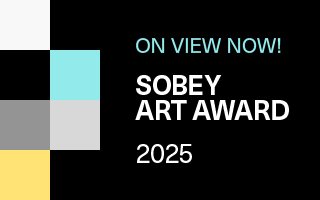


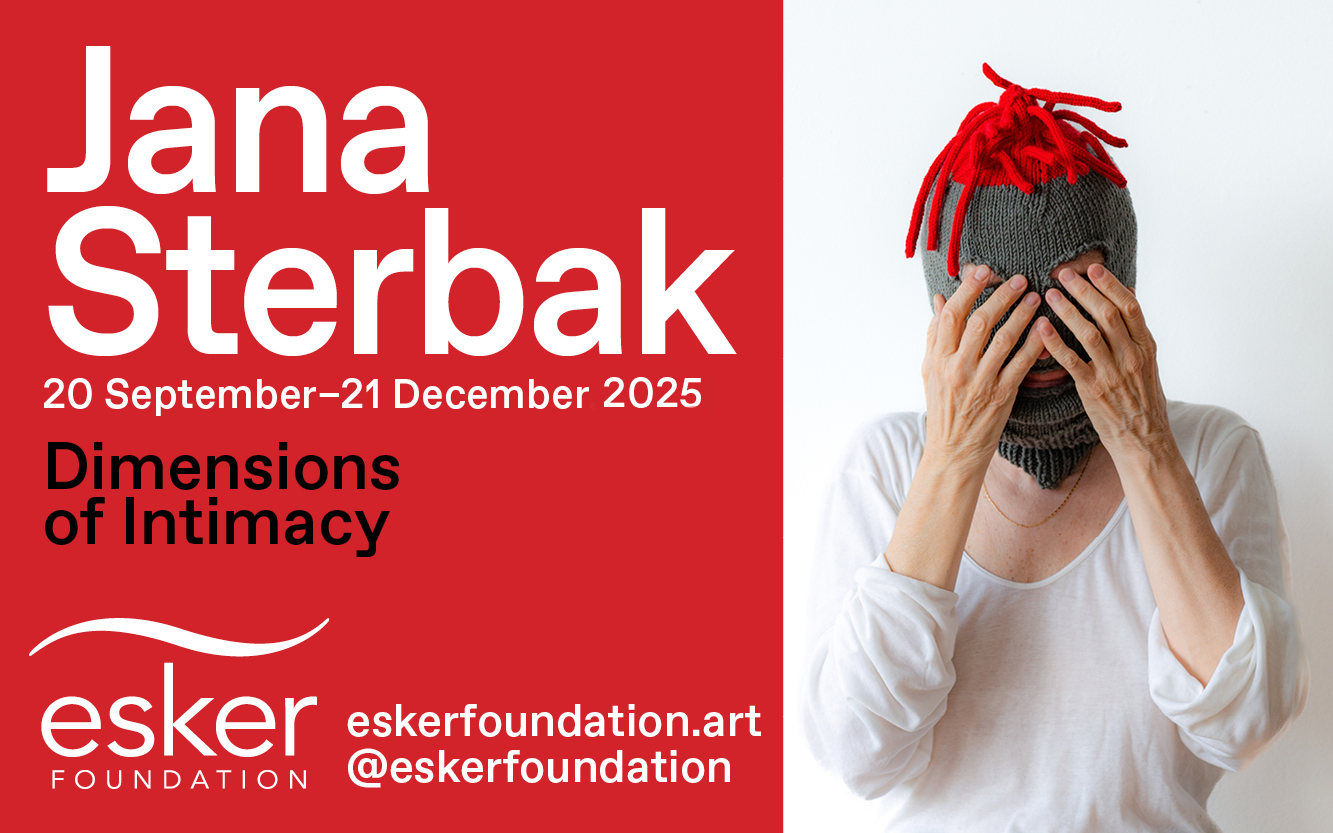
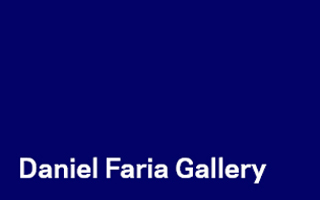


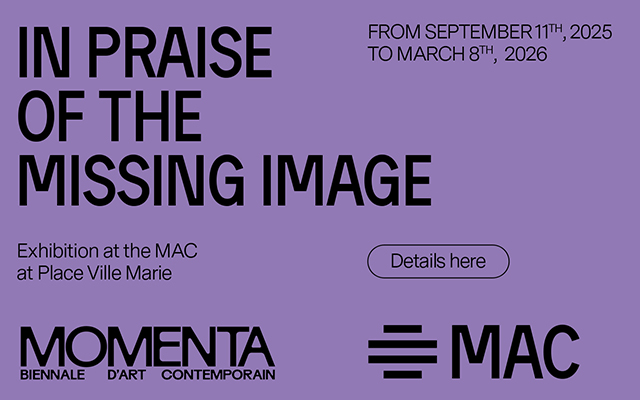

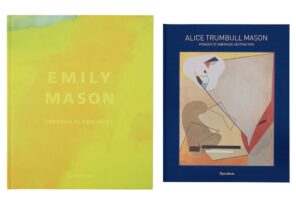
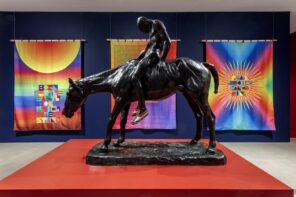
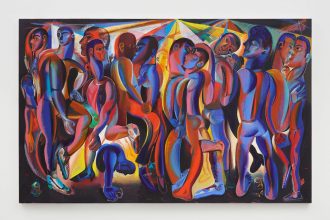

Splitting my time between Germany and Alberta, your subject matter is close to my heart.
In Alberta(and Canada for that matter) I find broad popular, critical and financial support for the reinforcement of regionalism best exemplified by the endless string of Hooray! for Canada/The West/Alberta/Calgary/Edmonton/This Neighbourhood exhibitions. In Berlin I find a strong taboo around any acknowledgment of regional affiliations and a preference for an affected cosmopolitanism simple enough to explain during a single easyjet flight.
I benefit from each, suffer each and often dream of the plumbing being hooked up between the two in order to see which direction things flow. It would probably be messier than I hope.
I’m very fond of the idea of connecting like places. For the discomfort as much as the solidarity.
Thanks for the article. Lots to think about.